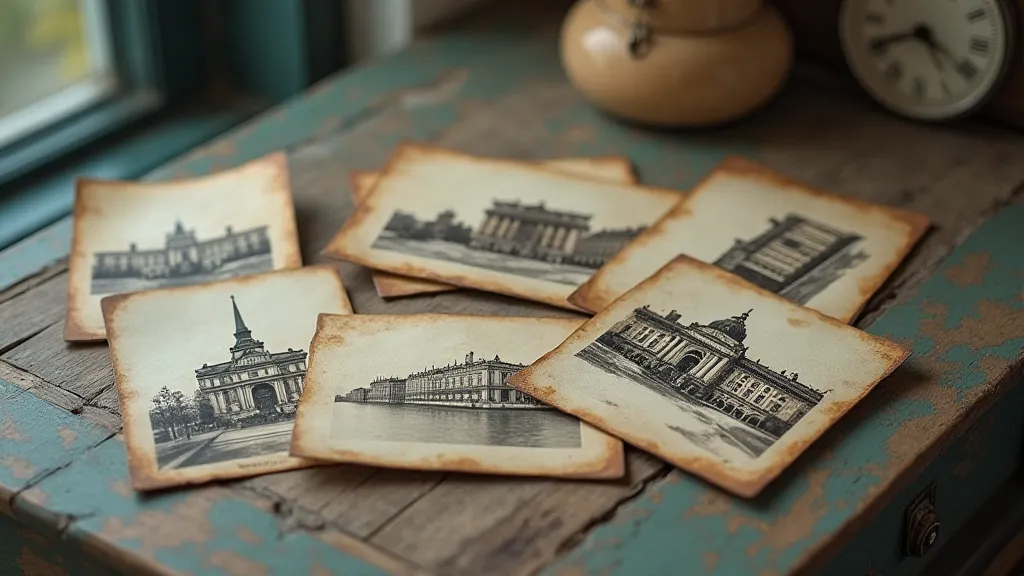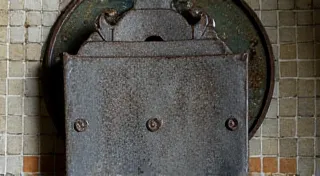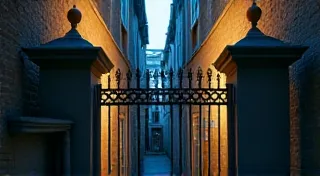The City in Miniature: A Cultural Analysis of Scale in Postcard Representation
There’s a particular thrill in holding an antique postcard, isn't there? It’s not simply the paper’s texture, aged and softened by time, nor the faded ink that whispers of a distant era. It’s the feeling of being transported. A tiny rectangle, once sent with a hurried message and a stamp, now holds a window into a vanished world. For those of us captivated by antique city postcards, this enchantment is amplified tenfold. We’re not just collecting images; we’re collecting perspectives – frozen moments of urban life, shrunk down to a manageable, collectable scale.
My own journey into this miniature world began with a dusty box at a local antique shop. Amongst chipped china and yellowed lace, I found a handful of postcards of Philadelphia, my hometown. The buildings were familiar, yet subtly different. The streets hummed with a silent energy, a vibrancy lost to the relentless march of modernization. It was an emotional jolt – a tangible link to generations past, all contained within a 3.5 x 5 inch space. Suddenly, postcard collecting wasn't just a hobby; it was a quest to understand my city, to understand history itself, through the lens of these remarkable little artifacts.
The Dawn of the City View Postcard: Technology and Transformation
The rise of the city view postcard is inextricably linked to the technological advancements of the late 19th and early 20th centuries. The invention of the chromolithographic printing process, in the 1870s, made full-color printing accessible for the first time. Combined with the burgeoning postal system – the penny postage rate of 1892 was a game-changer – the stage was set. Suddenly, geographically distant places, bustling metropolises, and scenic landscapes could be shared easily and affordably. The desire to “see” places one couldn't physically visit fueled an insatiable demand for these visual representations. Early examples were often painstakingly hand-colored, a testament to the skill and artistry of the era. As demand grew, photo-lithography emerged, using photographic images to create the prints – leading to a more realistic and detailed depiction of urban spaces.
Consider the impact on European cities, rapidly expanding and transforming during the Industrial Revolution. Postcards became a vital tool for emigration, allowing families back home to witness the progress and prosperity (or sometimes, the hardships) of those who had sought opportunity abroad. They were also a potent form of civic pride, a way for cities to advertise themselves to potential tourists and investors. The postcard, in essence, became a miniature ambassador, representing the spirit and ambition of its origin.
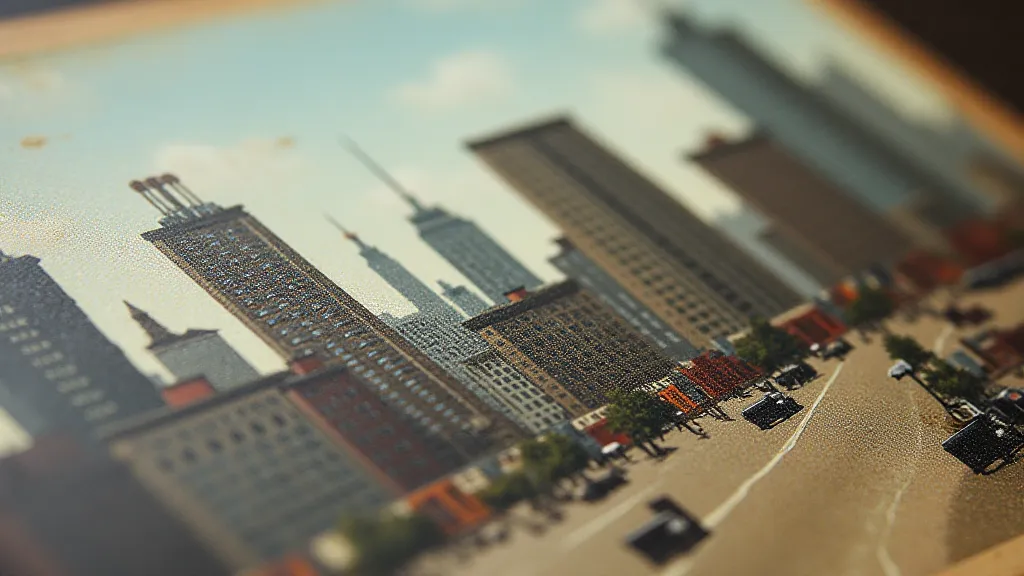
Shrinking the Skyline: The Power of Perspective
What makes the city view postcard so compelling isn’t simply the imagery itself, but the inherent manipulation of scale. A sprawling metropolis, capable of swallowing a person whole, is compressed into a manageable rectangle. Buildings, often dwarfing figures below, are presented in a rigid, almost artificial order. This reductionist approach isn’t about diminishing the city; it’s about *interpreting* it. The postcard creator isn't necessarily aiming for absolute realism. Instead, they’re crafting a specific narrative, highlighting certain features while downplaying others. A postcard showing a grand avenue might deliberately exclude the poorer districts, focusing instead on a carefully curated image of urban prosperity.
The angle of the photograph is also crucial. A bird's-eye view emphasizes the city's vastness and order, while a street-level perspective captures the energy and chaos of daily life. The choice of buildings included – the imposing cathedral, the bustling marketplace, the elegant hotel – all contribute to the overall message. The photographer, and the printing company, were engaged in a subtle form of propaganda, shaping public perception of urban environments.
Craftsmanship and Collectibility: The Details that Matter
For the serious collector, appreciating the subtle nuances of postcard production is essential. The quality of the printing, the paper stock, the presence (or absence) of a divided back (allowing for a message to be written) – all contribute to the postcard’s value and historical significance. Early postcards often used thick, textured paper, lending them a certain tactile charm. Later, as printing technology improved, the paper became thinner and more uniform. Identifying the printing company – many postcards bear small, almost imperceptible markings – can offer valuable insights into the postcard's origin and rarity.
Restoration is a delicate matter. Attempts to "brighten" faded colors or repair damaged corners can often detract from the postcard's authenticity and historical integrity. Often, the signs of age – the subtle discoloration, the minor creases – are part of the postcard's story. Understanding these details is key to proper handling and preservation. A slightly foxed example (showing signs of dampness) might be less visually appealing, but its historical context could make it exceptionally valuable.
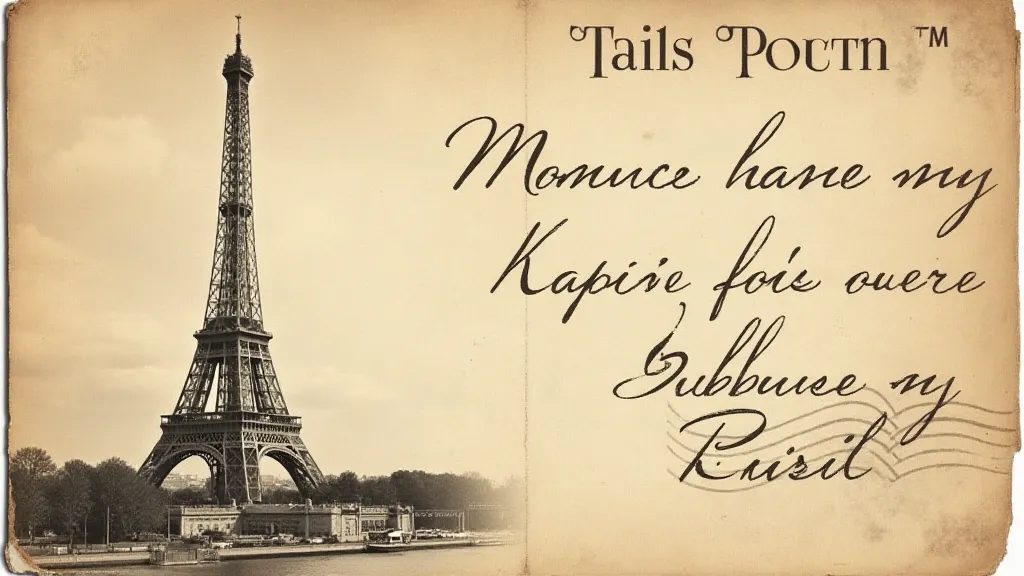
Beyond the Image: Connecting with the Past
The true value of collecting antique city view postcards goes far beyond monetary worth. Each postcard is a tangible link to the past, a portal to a vanished era. Holding a postcard depicting a familiar street scene, but in a different time, evokes a profound sense of connection – a recognition of the enduring spirit of a place, despite the relentless forces of change.
I recently acquired a postcard of a small grocery store in Philadelphia’s Italian Market, a neighborhood I’m intimately familiar with. The postcard was dated 1915. The storefront was recognizable – the same building still stands today. But the details were strikingly different. The signage was in Italian, the automobiles were primitive, and the clothing worn by the people on the street conveyed a certain elegance that seems almost lost in modern times. It wasn’d just a picture of a grocery store; it was a snapshot of a community, a testament to the enduring traditions and values that have shaped this corner of the city.
Collecting these miniature windows into the past is more than a hobby; it's an act of remembrance, a way of honoring the people who came before us, and a constant reminder of the enduring power of place.
